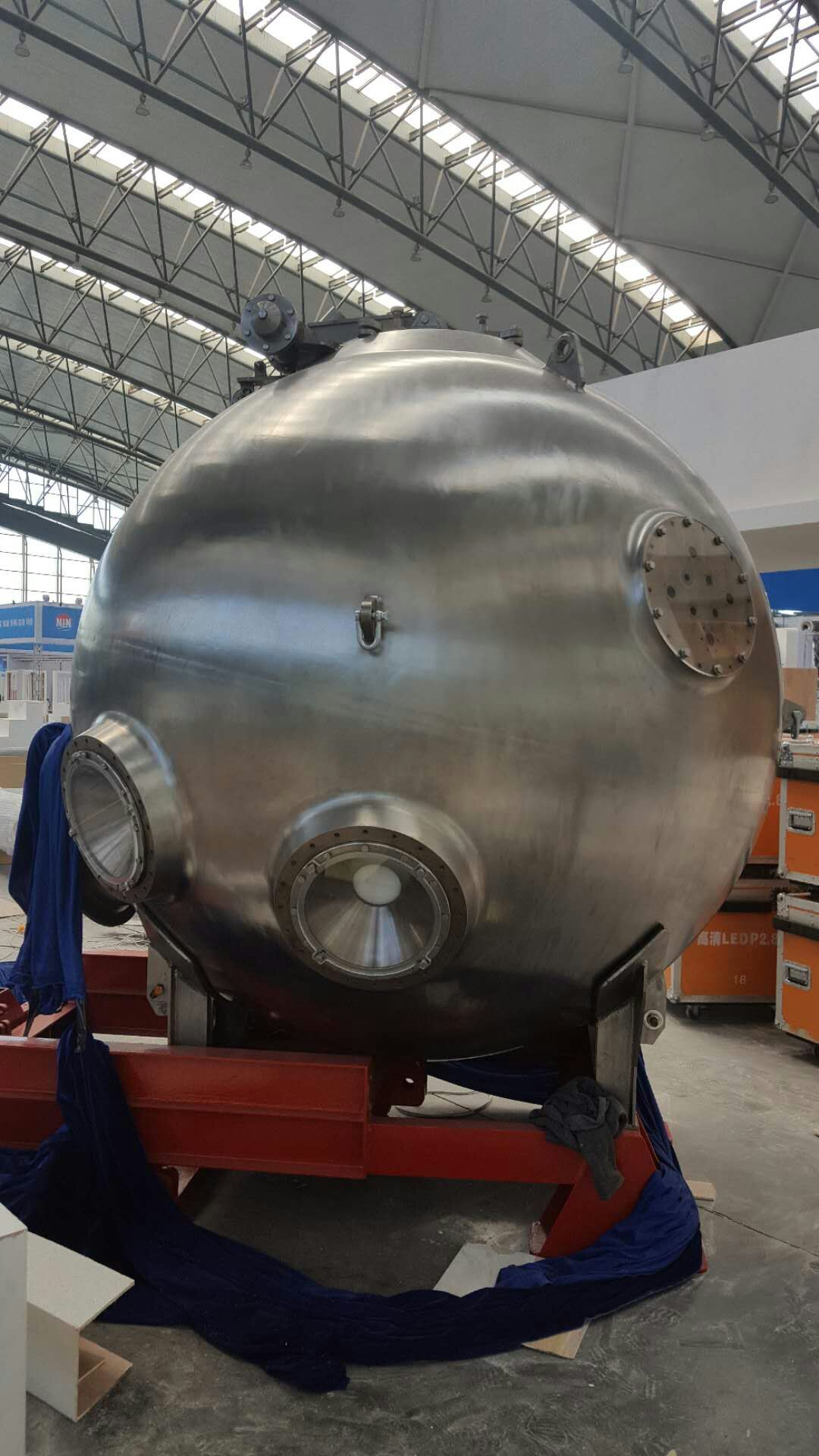Titanium products are widely applied in marine engineering, including nuclear submarine, deep submersible atomic icebreaker, hydrofoil, ship's air cushion
vehicle and propeller thruster, water pipeline condenser, heat exchanger, etc.

At present, Marine engineering titanium has become one of the main fields of titanium civil application. For example, ships and its equipment components
suchas hull, heat exchangers, pumps, valves, pipes and other are long-term immersed in seawater, which needs titanium material because titanium not only
hasexcellent resistance to sea water corrosion performance, and can lightenthe ship weight, reduce maintenance costs and prolong service life. The research
and application of Marine titanium alloys in
and application of titanium alloys has been greatly improved, and a complete Marine titanium alloy series has been formed. The pressure-resistant shell
of Jiaolong is Gr5 titanium alloy material.
Titanium alloys can be used in various oil production systems and equipment. Marine underwater equipment includes: drill pipe, underwater riser, the fuselage
and other components of deep submersibleengineering equipment; Water equipment (platform) includes seawater and potable water systems, various heat
exchangers (distillers, steam generators, condensers), pumps, fire fighting systems and othercomponents. Europe's
titanium alloys in offshore drilling. As is well known, the oil rig in the
used in each platform exceeds 500 t.
With the development of offshore oil industry, more titanium alloys are needed to make mechanical equipment, so the demand for titanium alloy will increase rapidly.
The extraction of oil and natural gas, especially in the depths of the ocean, makes titanium and titanium alloys increasingly important, because deep drilling means the
need to reduce the quality of the drilling system. In the case of heavy steel drilling system, the base of the platform needs to be stronger than the titanium equipment,
and the lifting equipment should be more powerful.
In addition, the application of titanium to drilling replacement structure also has a great advantage. The use of titanium in riser can reduce the density of the structure,
increase buoyancy, and even make the submergence
work even deeper.
Hydrocarbon mining problems increase with the depth of ocean depth and reservoir depth. The Russian condensate field in the
of 280~ 380m, while the condensate reservoir is in the depth of 1800~ 2300m.
Because drilling operations need to be carried out in harsh geological conditions, the requirements of contrast intensity, thermal conductivity and wear resistance are more
stringent.The titanium alloy material used for offshore operations is mainly Gr.5, and its improved Gr.23 and Gr.29 are also widely used to suit the corrosion and high
temperature of the medium. The following additions to palladiumand ruthenium can be used: Gr.24, Gr.29, Gr.18, Gr.28.
All in all, the debate over the fine performance of titanium and its expensive costs is fierce. In deciding on a project to use, especially for offshore and offshore projects, the
designer faces two options: choose materials that are cheap but not suitable for long use; Choose expensive but long-lived materials. Cheap materials are more economical
in a one-time investment, but due to frequent maintenance and downtime maintenance, it is difficult to maintain late maintenance. Expensive materials have an early investment
but less investment in later operation.
Because of its long service life and low operating input, titanium equipment can be compensated for its high initial investment, so it is perfectly reasonable to choose titanium
rather than other structural metal.